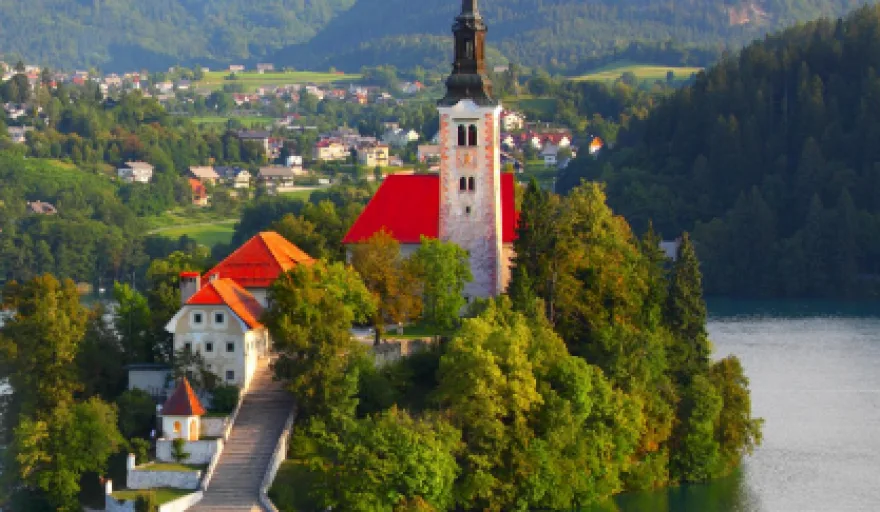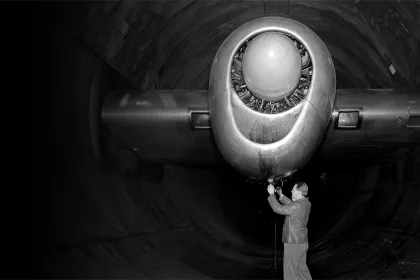INTRODUCTION
Part of Yugoslavia for most of the 20th century, Slovenia has opened itself up to the world in a big way since it declared independence in 1991, an announcement which triggered the Ten-Day War.
Made up of four major landscapes – the European Alps, the karstic Dinaric Alps, the Pannonian and Danubian lowlands and hills, and the Mediterranean coast – the country has always been of strategic importance and served as important routes for those crossing the Mediterranean and mountains.
However, rather than pass through, visitors are now staying in their millions every year to enjoy what is a scenic gem of nation.
Lakes, rivers, caves, mountains, forests, coasts – Slovenia has it all and is unquestionably an outdoor destination, with its natural beauty paired with a huge varied architecture. Whether it’s the baroque chapel in the centre of Bled Island to Venetian harbour settlements on the coasts, the array of styles reflects the nation’s diverse and vibrant culture.
Indeed, influences from neighbouring countries such as Italy, Austria and Hungary can be found, not least in the cuisine which provides another reason to visit. Local and fresh ingredients are the centrepiece of local cooking, while its home-grown wine is another up and coming element of Slovenia’s culinary repertoire.
THE BUSINESS END
Much of the economy in Slovenia has been privatised following the period in which it was a part of Yugoslavia.
Major sources of revenue derive from the manufacture of automotive parts, pharmaceuticals, and electrical appliances, but services represent the largest component of the country’s GDP.
Since the early 1990s, tourism has greatly increased in importance as more and more visitors take advantage of Slovenia’s enviable topography – previously, many people simply passed through the country on their way to the eastern Mediterranean.
In 2018, tourism accounted for 12 percent of national income, some €5.7 billion in monetary terms. The sector is also a vital employer, with 12.8 percent of the country’s workforce (110,700 people) engaged in some form of tourism related job.
These figures surpass both European and global averages. In Europe, tourism contributed around 9.7 percent of GDP while on a global scale, the sector was responsible for 10.4 percent of income.
In terms of tourist arrivals, 2018 was a record-breaking year, with 5.93 million visits recorded and 15.69 million overnight stays. The number of international arrivals shot up by 11 percent last year (4.42 million), with Germany and Italy between them accounting for almost a quarter of these visitors.
IN FOCUS: LAKE BLED
Bled is Slovenia’s most popular tourist resort and understandably so.
Picturesque and pristine, the lake was formed when the Bohinj glacier met a huge body of rock, what is now known as Bled Island and the only island in Slovenia. Having carved the island, the glacier melted into the lake that we see today.
The most recognisable symbol of Bled is the Church of the Mother of God on the lake’s island, originally built in 1465
The six-kilometre trail around Lake Bled is ideal for walks or cycle rides and leads to nearby hills which offer spectacular views, Bled Castle offering perhaps the most notorious sightseeing opportunity atop a steep cliff of more than 100 metres.
Sports activities and relaxation on Grajska beach (castle bathing area) are two other popular activities, the months of July and August being an especially busy time for the area with vast groups of tourists visiting. Even ski enthusiasts are catered for here in the winter season when the slopes at Straža snow over.
TRANSPORT LINKS
Jože Pučnik Airport, in the capital Ljubljana, is Slovenia’s only international airport and where the vast majority of tourists will arrive. Sat 27 kilometres north of the city, it is a small transit hub and base of Slovenian carrier Adria Airways, which serves more than 30 European destinations and connects regularly to the likes of Zurich and Munich.
Once arrived, a common way of getting between cities or towns is by rail, the country home to an extensive network which provides a more comfortable option than buses. Slovenian Railways operates the lines, and offers a simple pricing system which sees a return cost double that of a single and first class double that of standard class.
This said, Slovenia’s bus network is another viable option covering large swathes of the country. The coaches used for longer journeys are modern and comfortable, with prices ranging from €4 for 25 kilometres of travel to €17 for 200 kilometres.
Getting to some of Slovenia’s rural and natural attractions may be more easily reached by car, and there is a wide variety of vendors offering rental services. Major players such as Avis and Hertz are present and offer similarly priced services – around €40 for the day or €200 for a week.
Cycling is another very popular way of getting around cities and their outskirts.

































